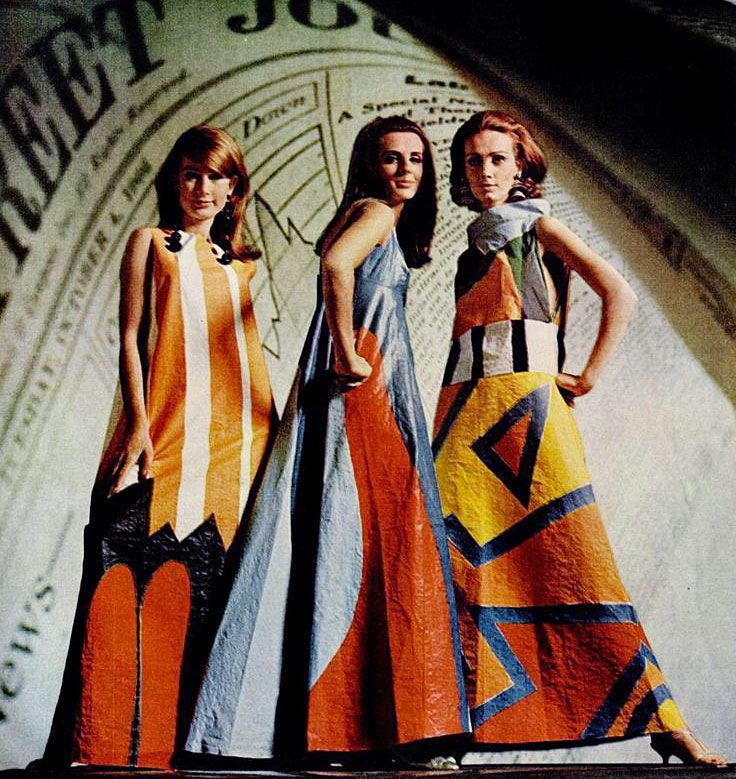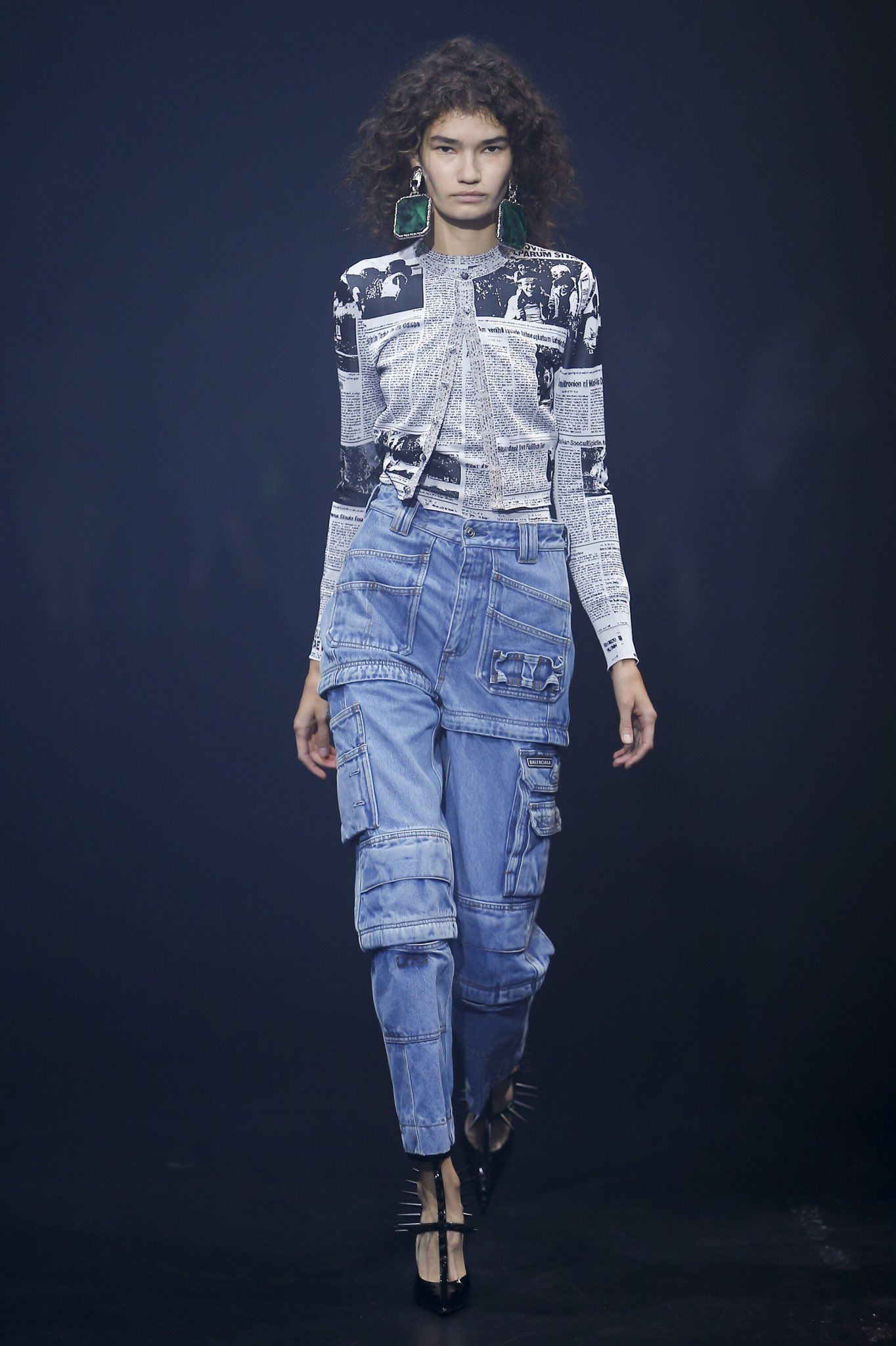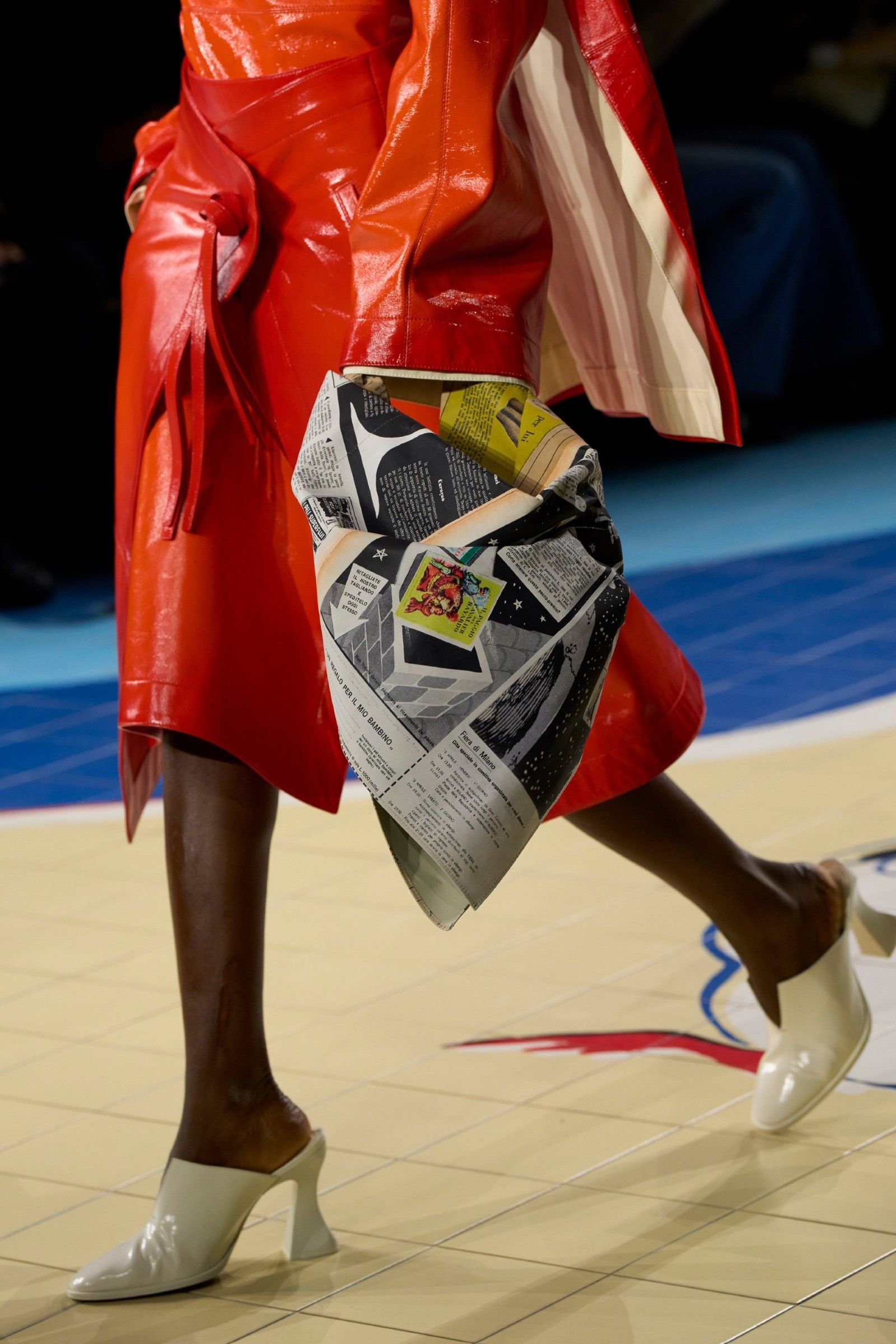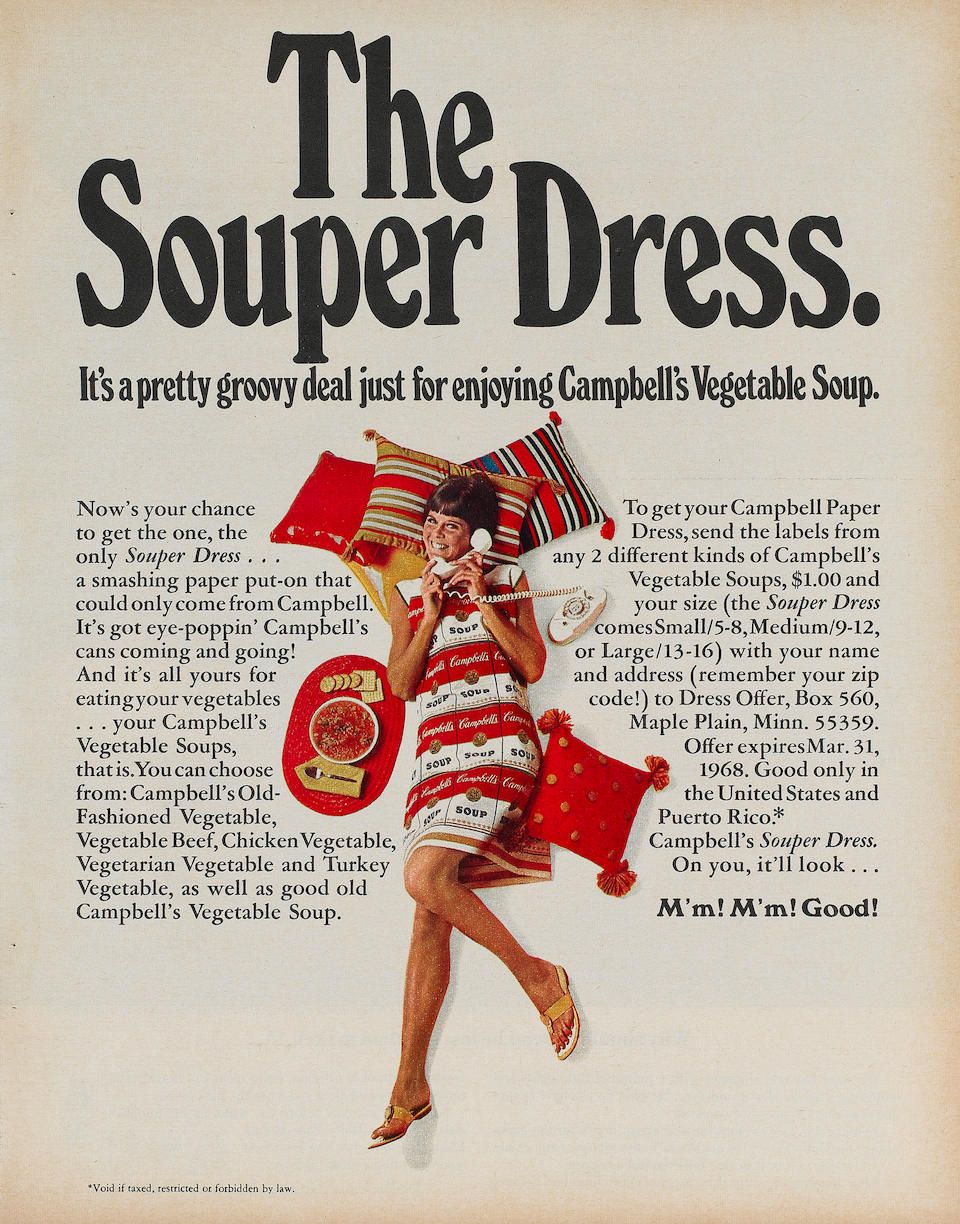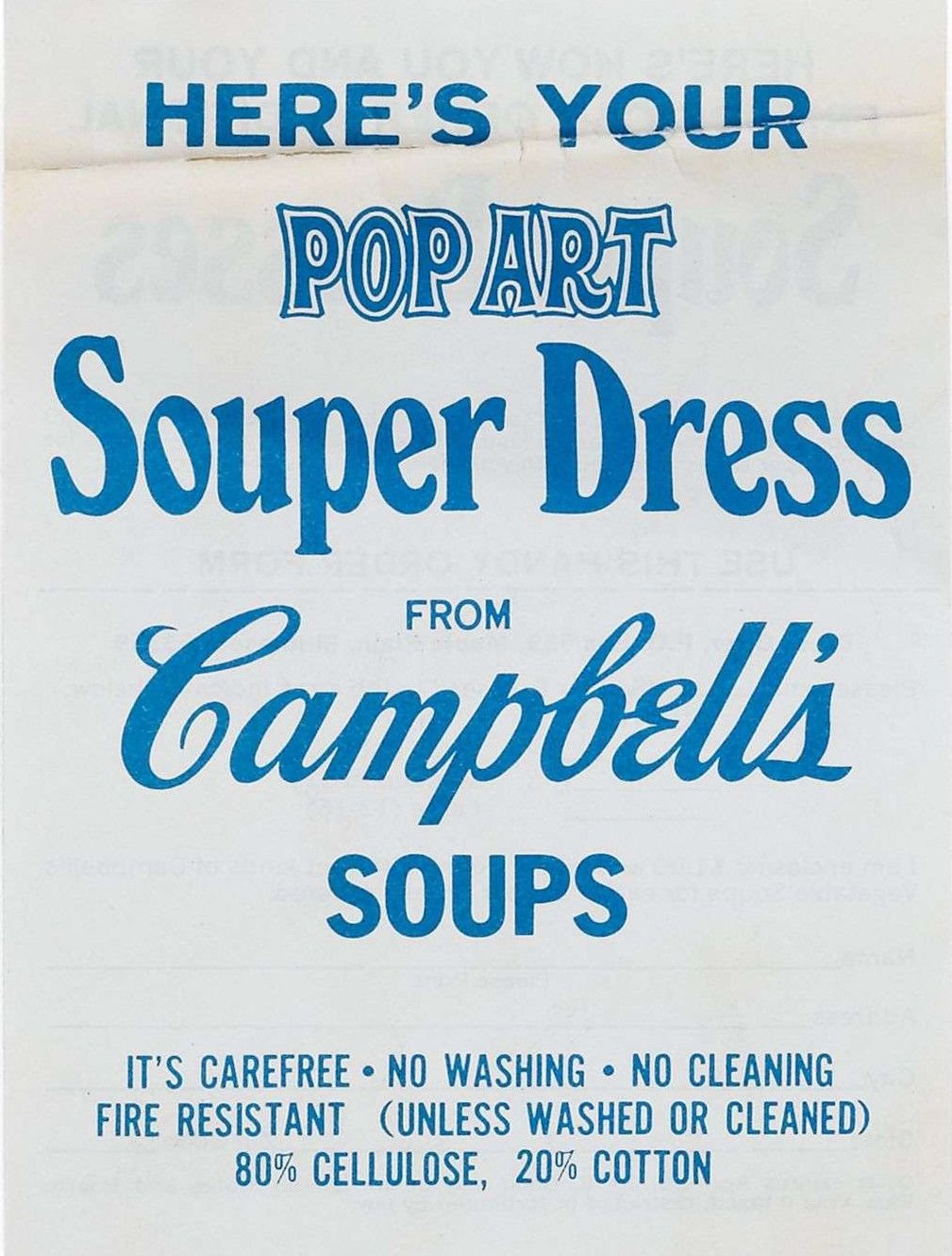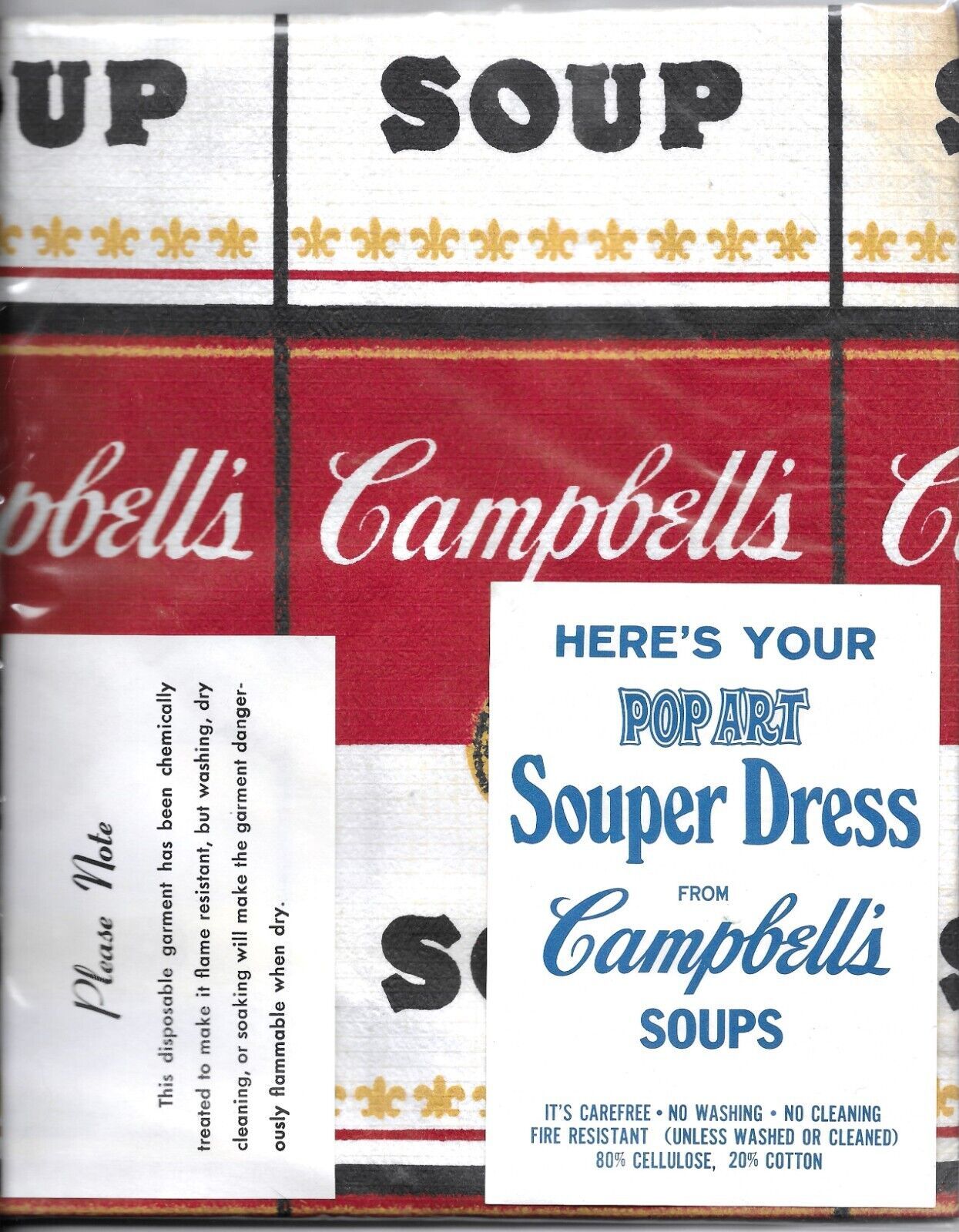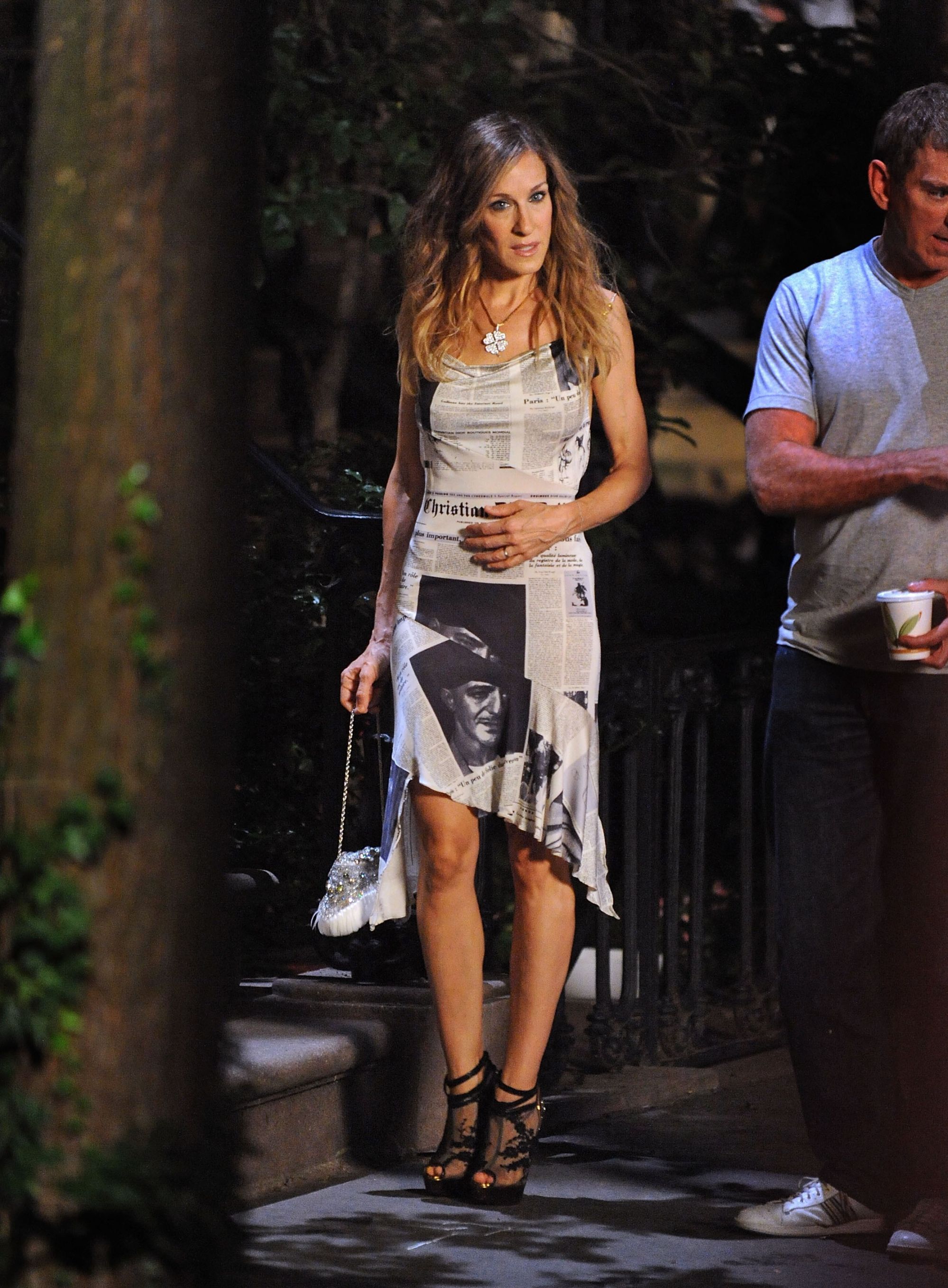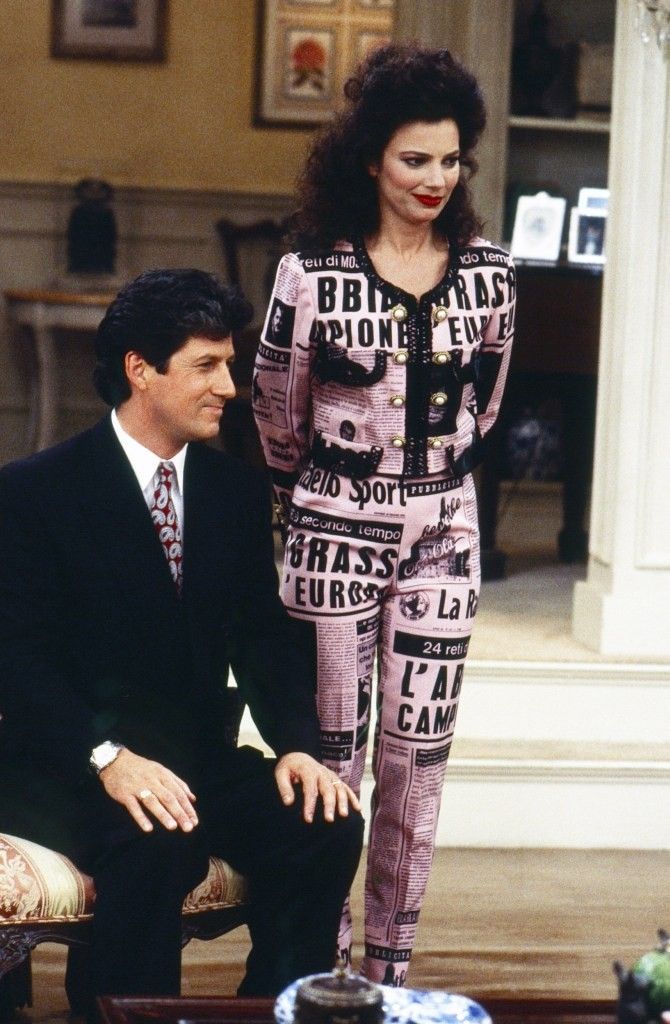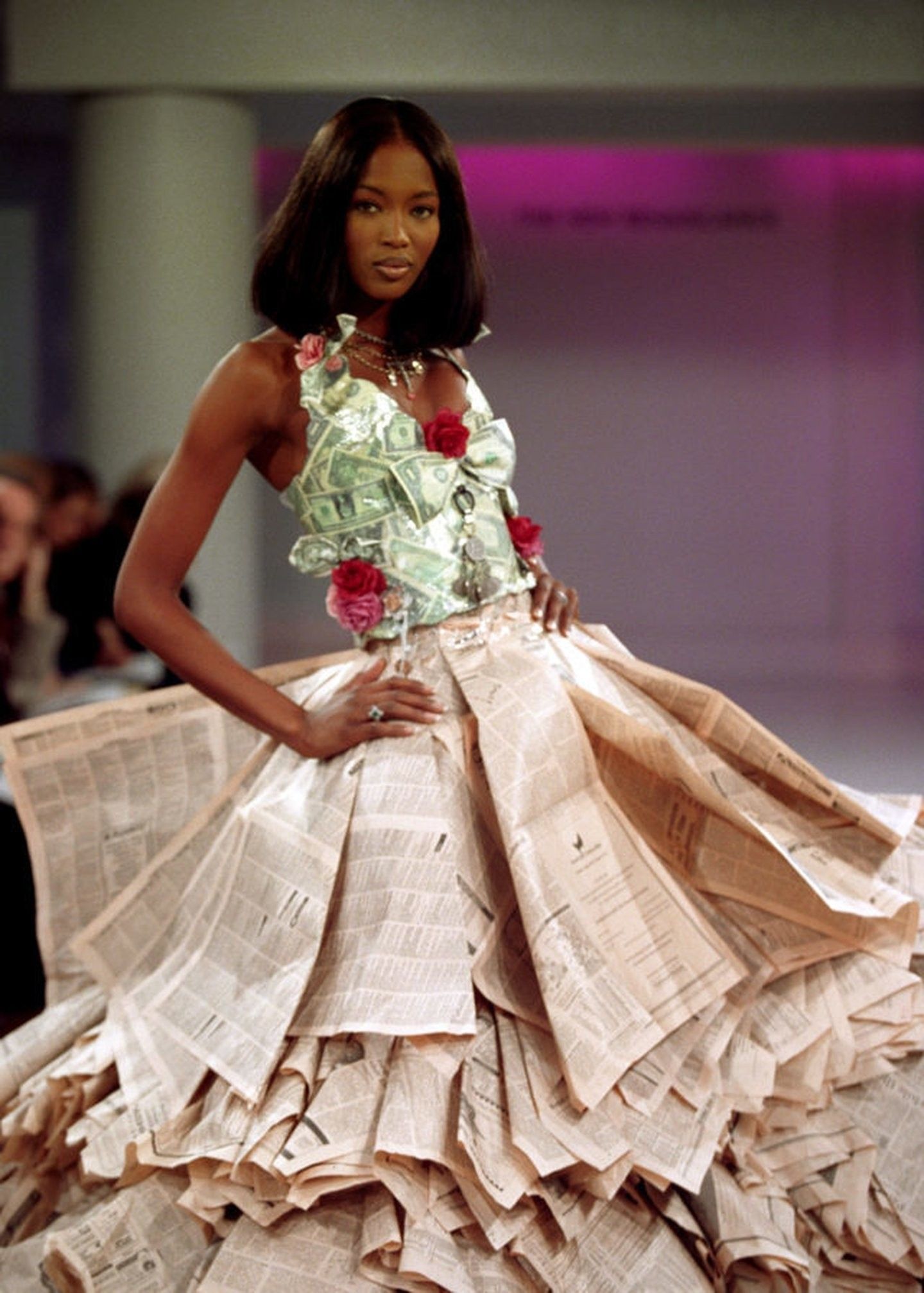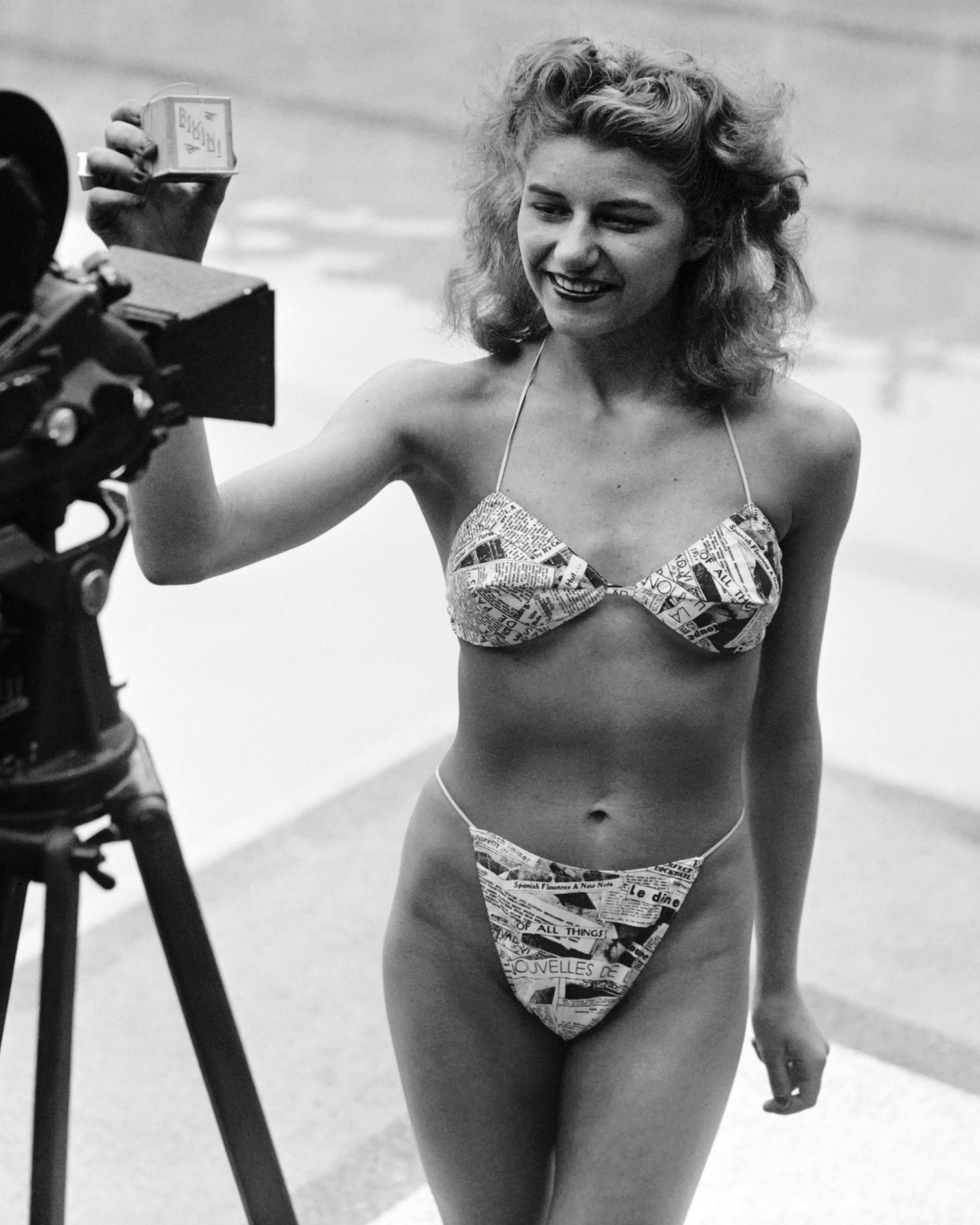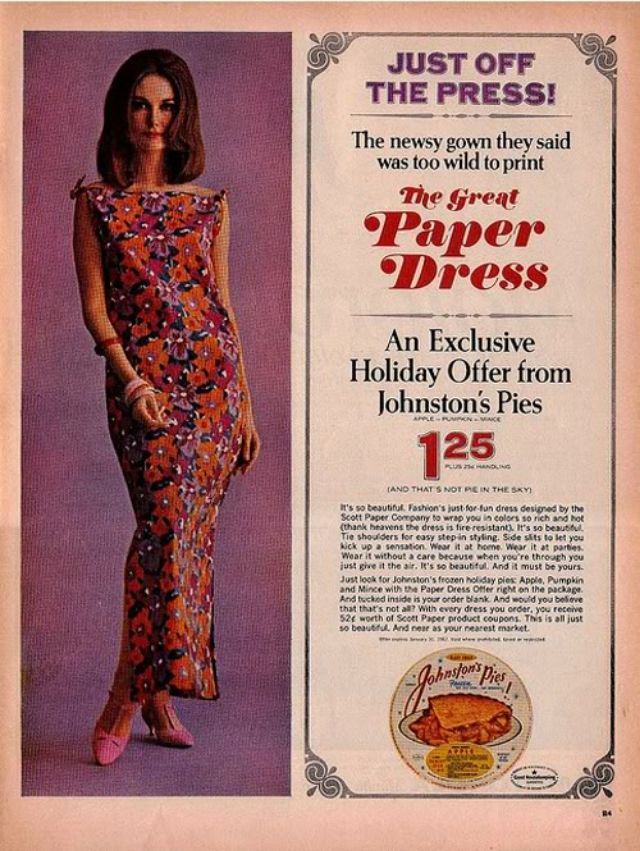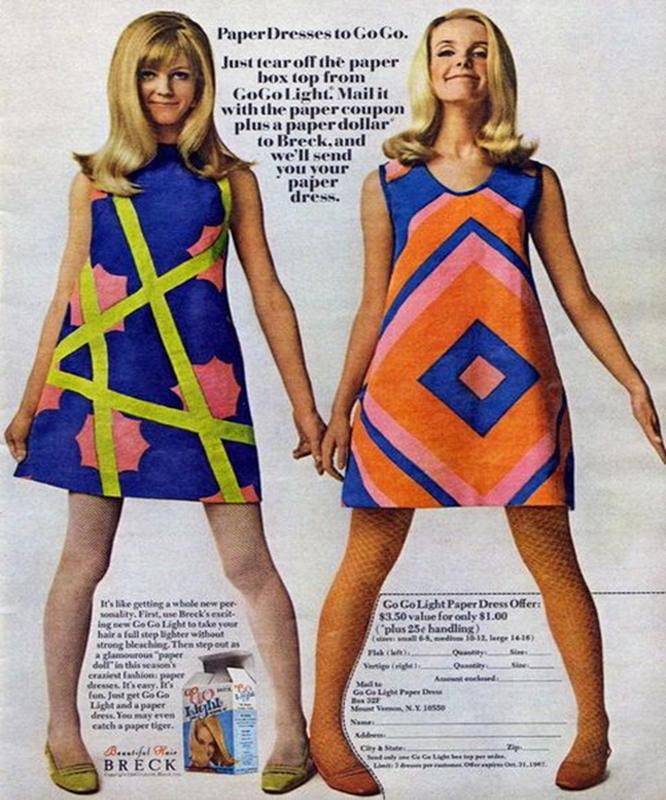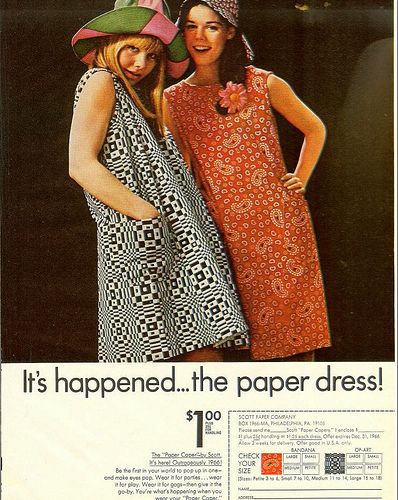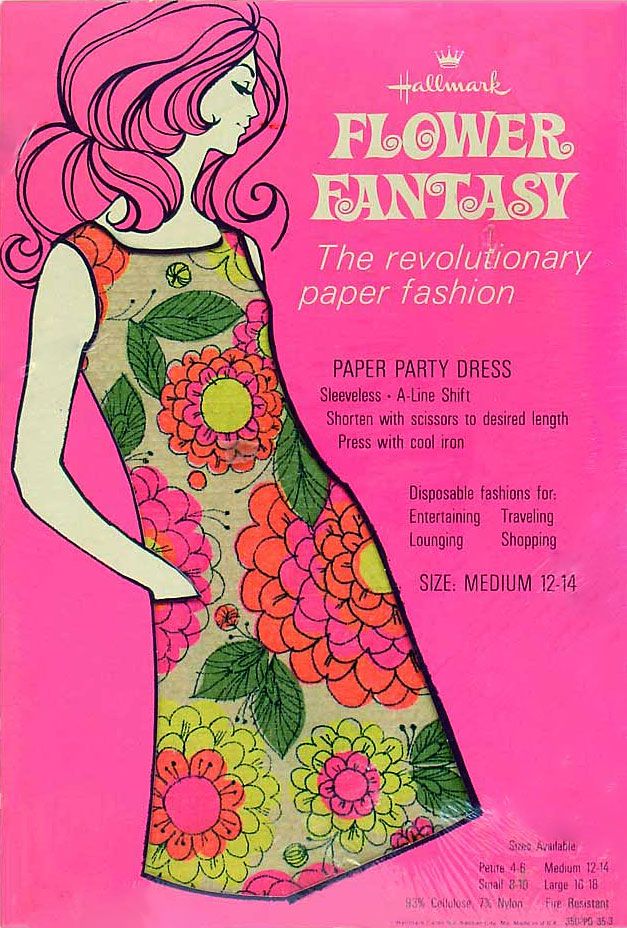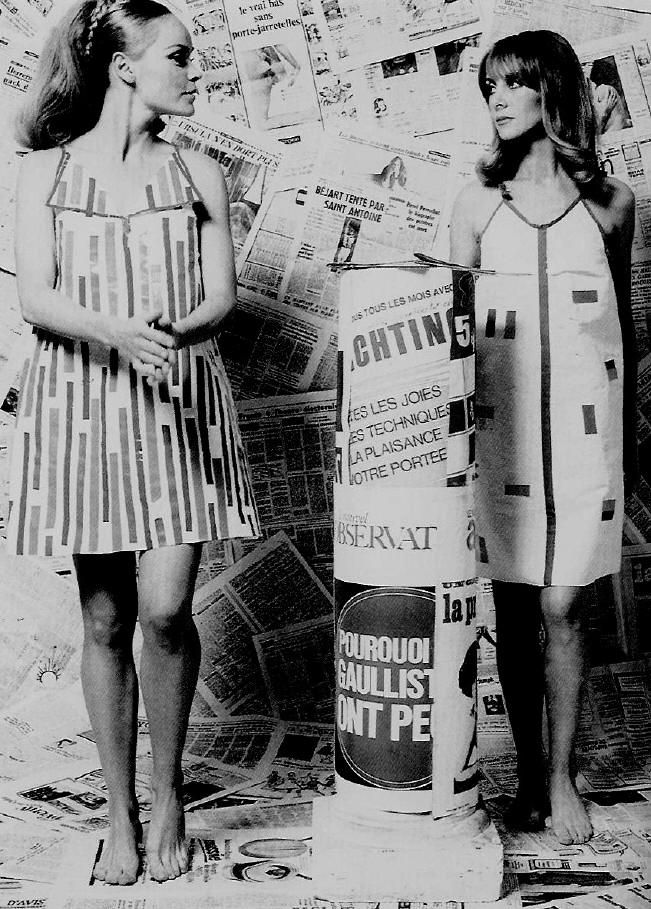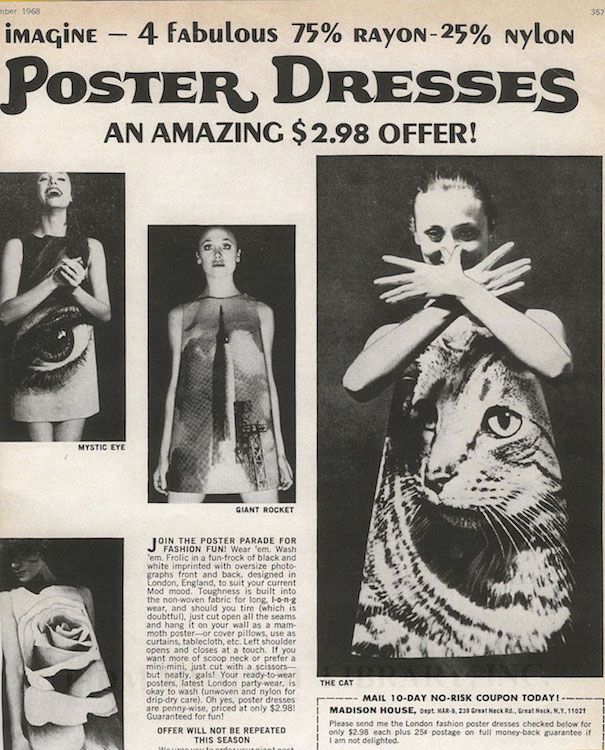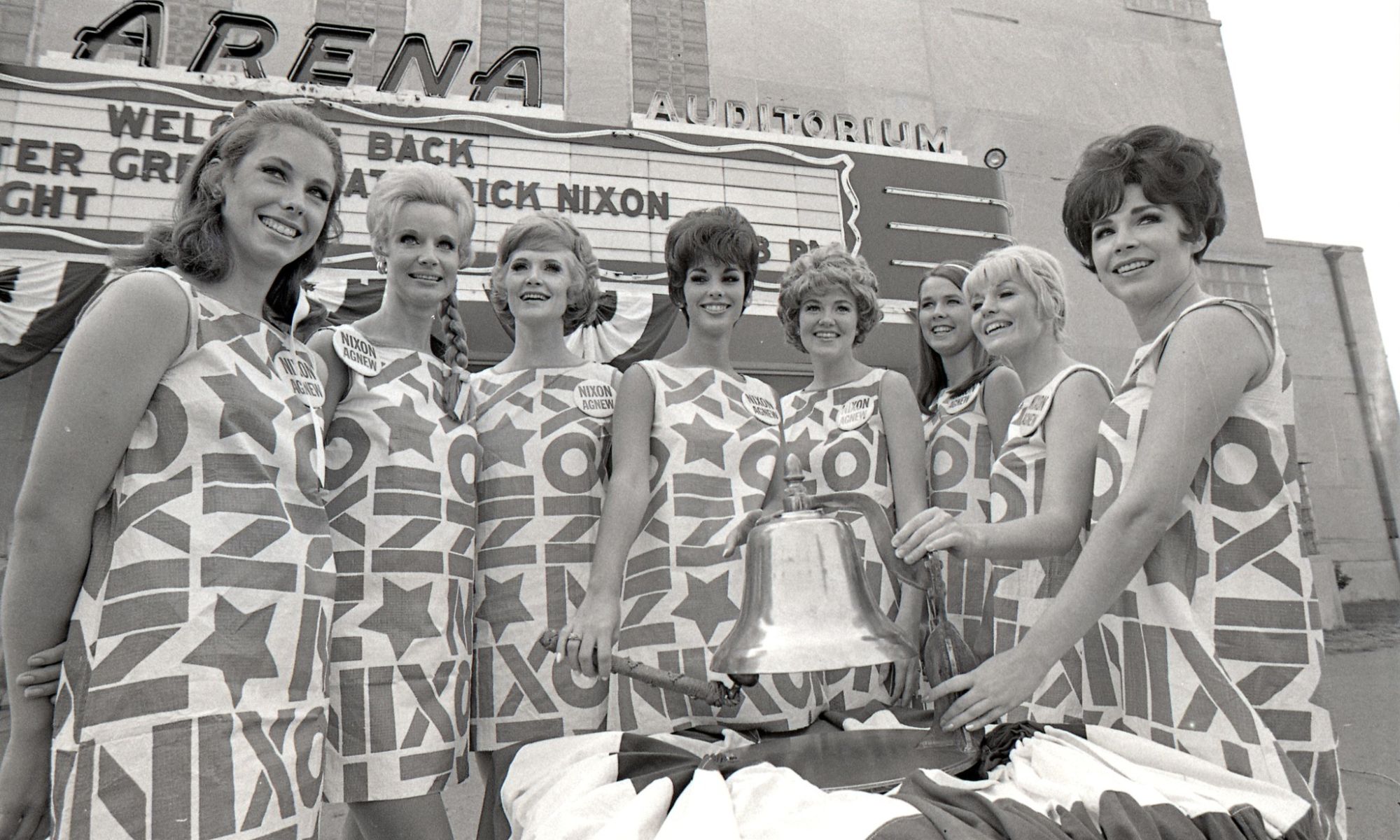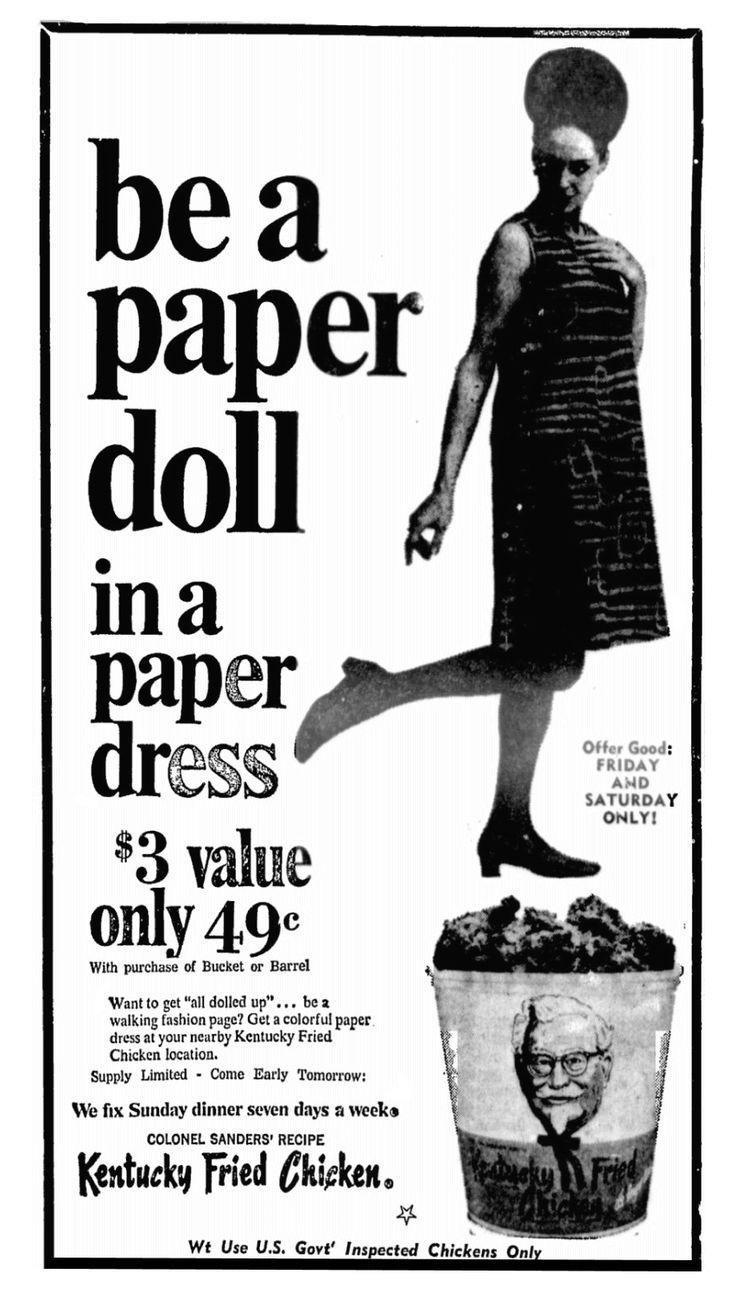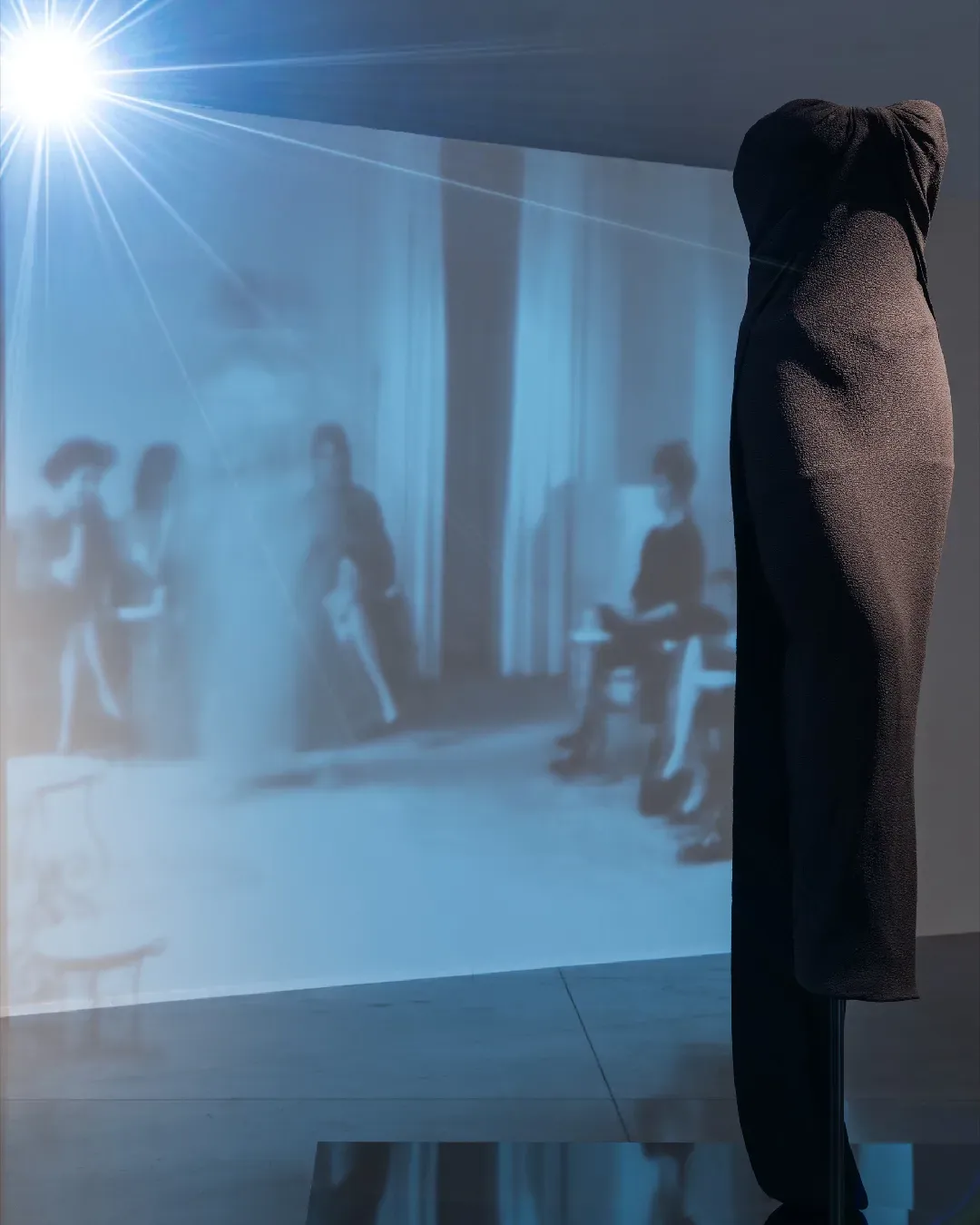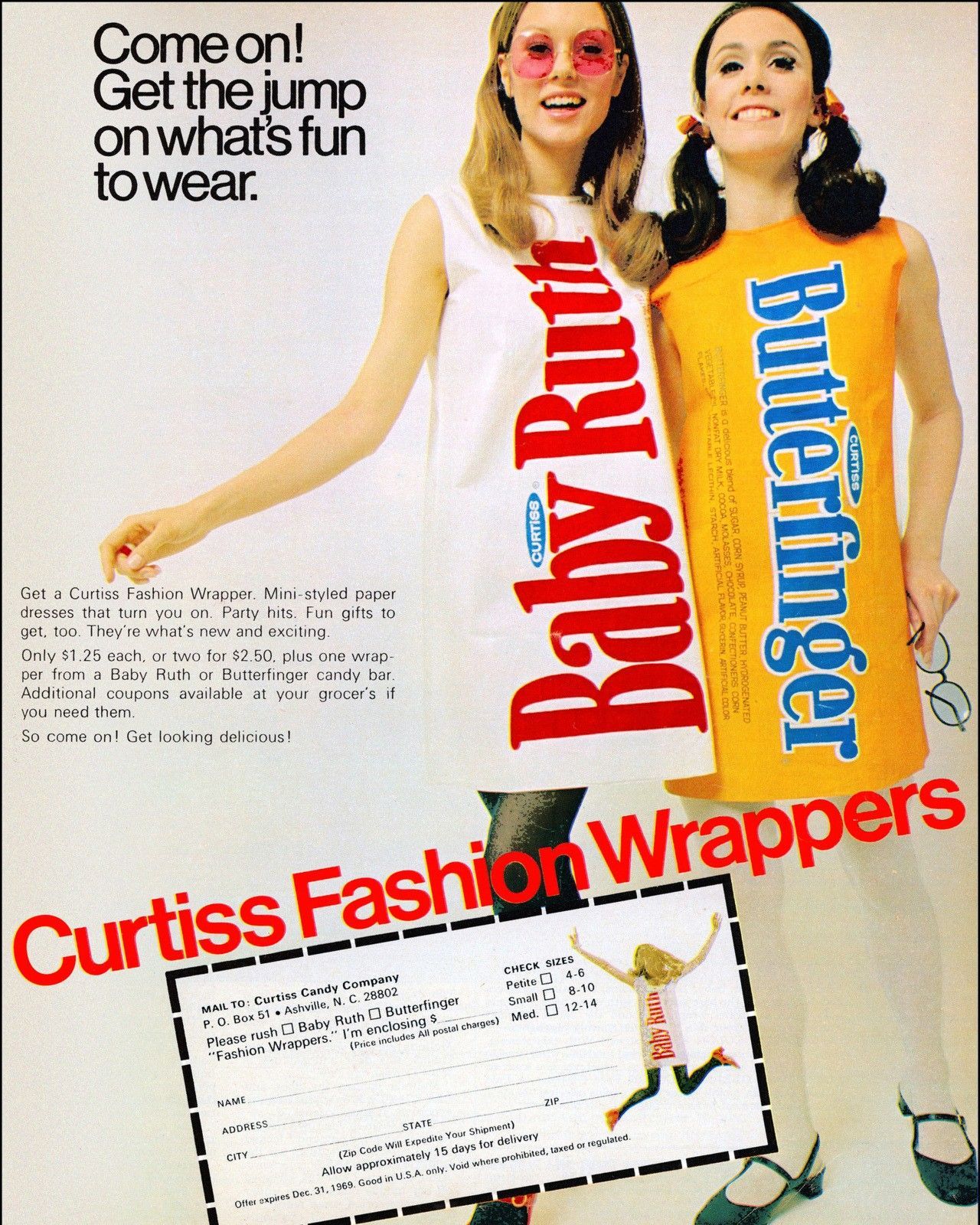
When fashion is paper-thin Between pulp, advertising and newspaper prints
Paper and clothes, for more than one reason, have found themselves supporting the needs of our species: the former to give order and authority to thoughts, the latter to clothe the skin with meanings. Both collect ideas and communicate their impact in the form of written or sewn words, both are multifunctional. Fashion, which absorbs everything, has ended up incorporating cellulose as a material for building clothes and, at the same time, has made paper a reference to restore their sartorial dignity. What is, in other words, the aesthetic relationship between fashion and paper?
A Brief History of Paper Clothing
It's a story that traces its roots back to ancient Japanese tradition, that of paper-made clothes. If in 910 AD Buddhist monks inaugurated the tradition of this type of clothing, the use of cellulose reached its peak in Japan during the Edo period (1603-1868): doors, windows, crowns, hats, waxed canvas, sitting or sleeping mats, bags, embossed wallpaper, lighting, raincoats, umbrellas, cushions, stationery boxes, serving trays, bowls, mosquito nets, small plates, food and beverage containers, boxes, suitcases and bags, sandals, and even furniture were treated as paper material. In the West, however, the history of paper clothing intersects with wars, economic crises, and advertising: during the Napoleonic era, hats shifted from straw weaving to paper and linen, while during World War I, the corsetry world sought an alternative to fabric reinforced with stays.
The 1950s, however, saw the boom of disposable articles, which, just a decade later, had to be reformulated according to the rules of advertising: companies like Scott Paper and Kimberly-Clark began experimenting with unconventional methods to promote their counter goods. Paper clothes thus arrived as an advertising ploy to sell disposable kitchen items, accompanied by a discount coupon and a dress made of the same material - the dress as an advertising campaign that combines copywriting, art direction, and branding. In reality, these clothes were not made with the same paper as Scott Paper products, but were made of cotton, rayon, polyester , and other synthetic fibers in addition to cellulose. The first attestations of paper clothes produced for non-advertising purposes date back to 1966 and come from the Mars plant in Asheville, which released several versions. One stands out for its versatility: it is white and comes with a set of watercolors to personalize it. Two of these paper dresses are now exhibited at the Brooklyn Museum and were personalized by Andy Warhol himself: one bears the inscription "fragile," the other features a banana design all over. Rooted in the aesthetic imagination of the 1960s, the fashion of paper clothes remains in prints that continue to fuel pop culture and in the stylistic repertoire of some cult collections.
Newspaper Dresses and Paper Prints
Digging into the newspaper print archive, research reveals that the first person to wear it was Matilda Butters, second wife of Australian politician James Stewart, in 1886. The creative flair of Elsa Schiaparelli, who transformed clippings of an article about her into printed blouses and accessories, came later: in 1935. Just over 10 years later, in 1946, Louis Réard announced the debut of the bikini covered in a newspaper print. We move forward to the sophisticated irony of the 1960s - it's model Twiggy who brings back the ink colors on paper with a newspaper print mini dress dated 1967. And then, for a sort of fashion trickle-down effect, this print ends up on the catwalks of Moschino, Calvin Klein in the 1990s before becoming legendary with John Galliano. First with the SS99 Couture collection for Dior, then with the SS00 inspired by Parisian clochards and finally with the FW 2000 ready-to-wear collection, Christian Dior Daily was the magazine sewn onto the models' bodies with which John Galliano shaped his creative vision. A vision that, thanks to Sex and the City, reached its pop consecration: Sarah Jessica Parker, alias Carrie Bradshaw, wears the newspaper dress in 2009 in the second season of the HBO cult series, making it a mass fetish dress.
@popflopculture follow for all things pop culture! #ladygaga #littlemonsters #popculture #popflopculture #fy #fypシ #foryou #fpyシ #trending #viral #xybca #nostalgia #y2k #floptok original sound - pop culture
For Anna Piaggi, newspaper print was a key element in her dandy narrative and vintage poetics, while Lady Gaga wore a Paco Rabanne paper dress at the 2011 MTV European Music Awards. Clothes that reproduced the details of crumpled paper have actually been circulating for some time: just look at the works of Martin Margiela or Rei Kawakubo to realize how impactful the cellulose page format has been. However, it is someone who was able to reintroduce newspaper print into pop culture and public debate, who is actually a student of Margiela: Demna.
For Balenciaga's SS18 collection, he printed the word of the year 2017 according to the Collins dictionary, "fake news," on coordinated shirts and cardigans, re-proposing it in a paparazzi-style campaign starring top model Stella Tennant. In 2021, it is in the movie Cruella that the newspaper dress makes its reappearance on the protagonist Estella's alter ego - a graphic and vestimentary reiteration of her half-white, half-black hair. It's then Prada, in 2022, that sought paper as a research material to complement the SS23 collection in the form of an invitation adapted as an overcoat then readapted to a set design suspended between white walls, checkered curtains, and a brown-toned floor entirely made of paper. Mathieu Blazy, finally, evokes the number of an Italian feminist magazine by printing it in its entirety on a tote bag from the SS24 Bottega Veneta collection - a craft and editorial work. A work that, regardless of its meaning, remains - like fashion - a text to be consulted and reread without, or almost without, interruptions.










































